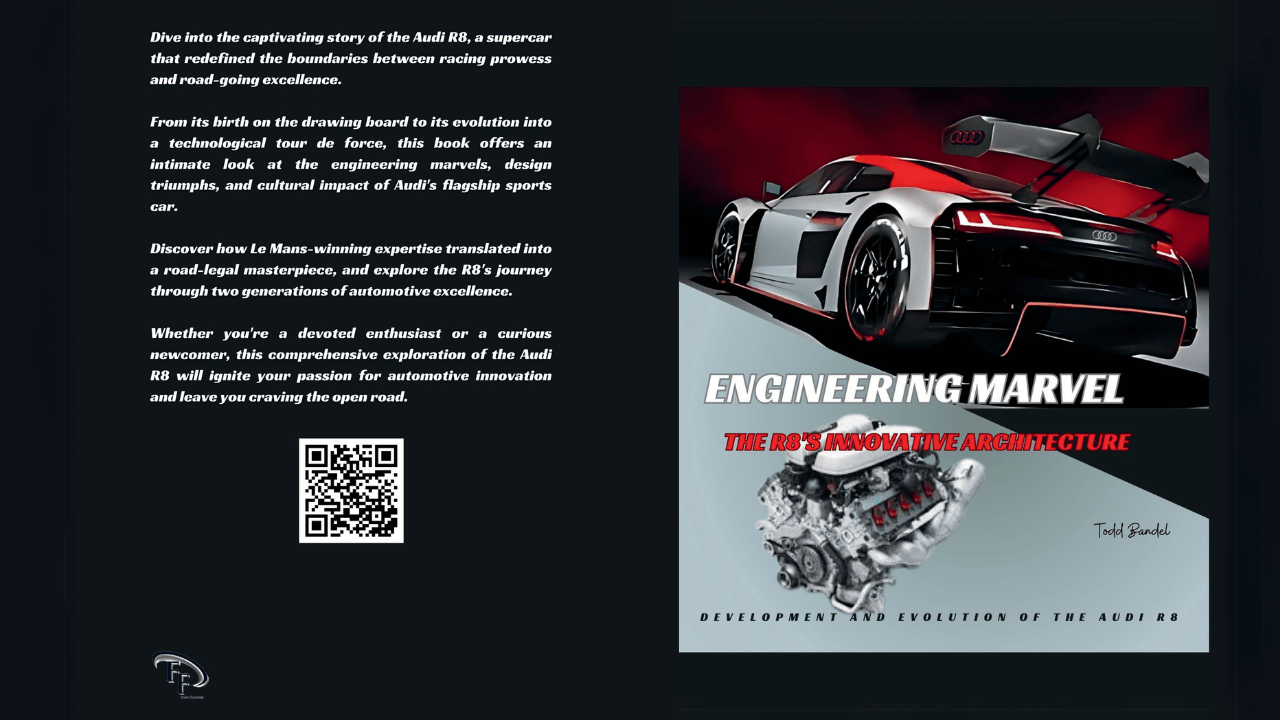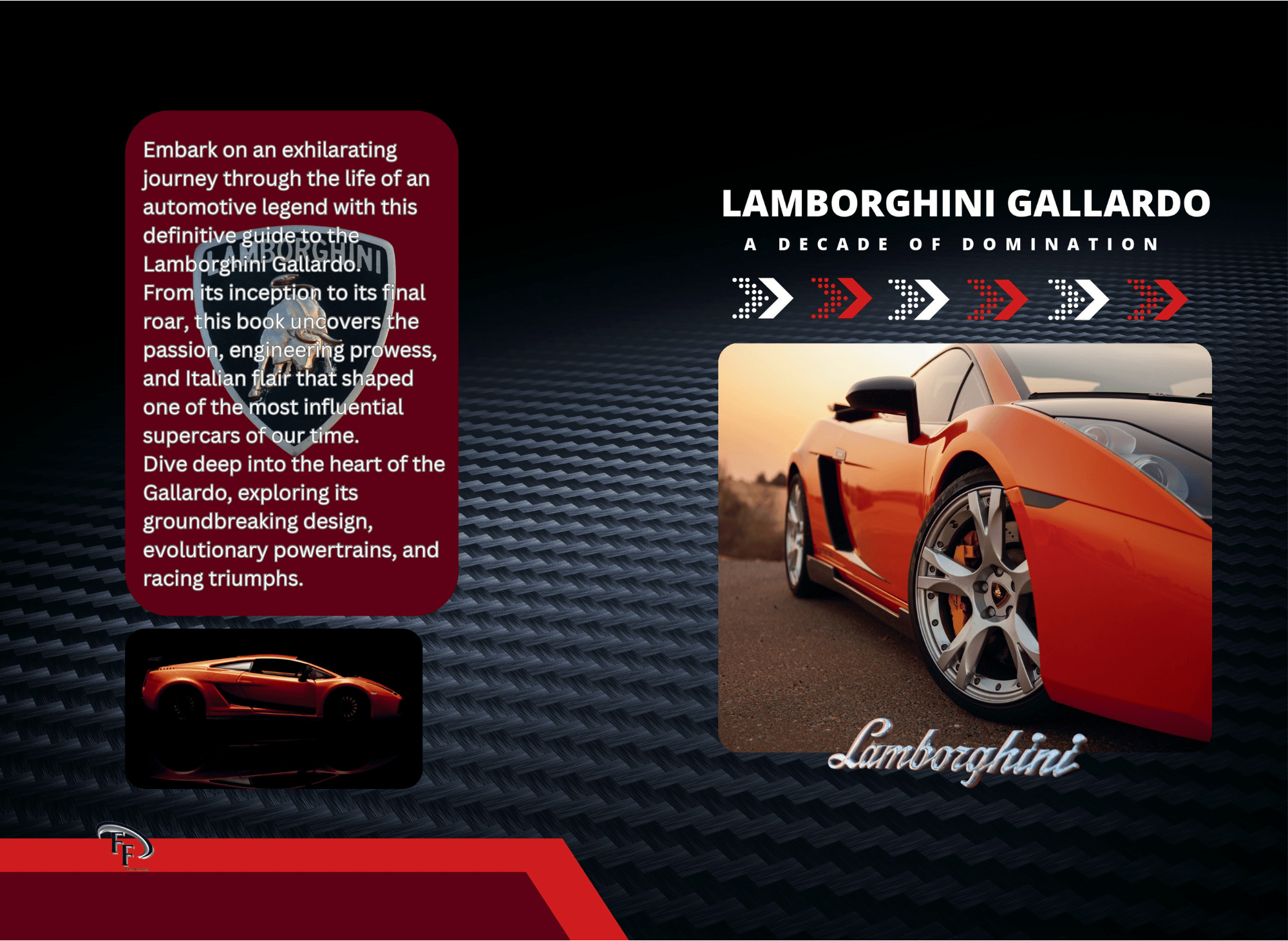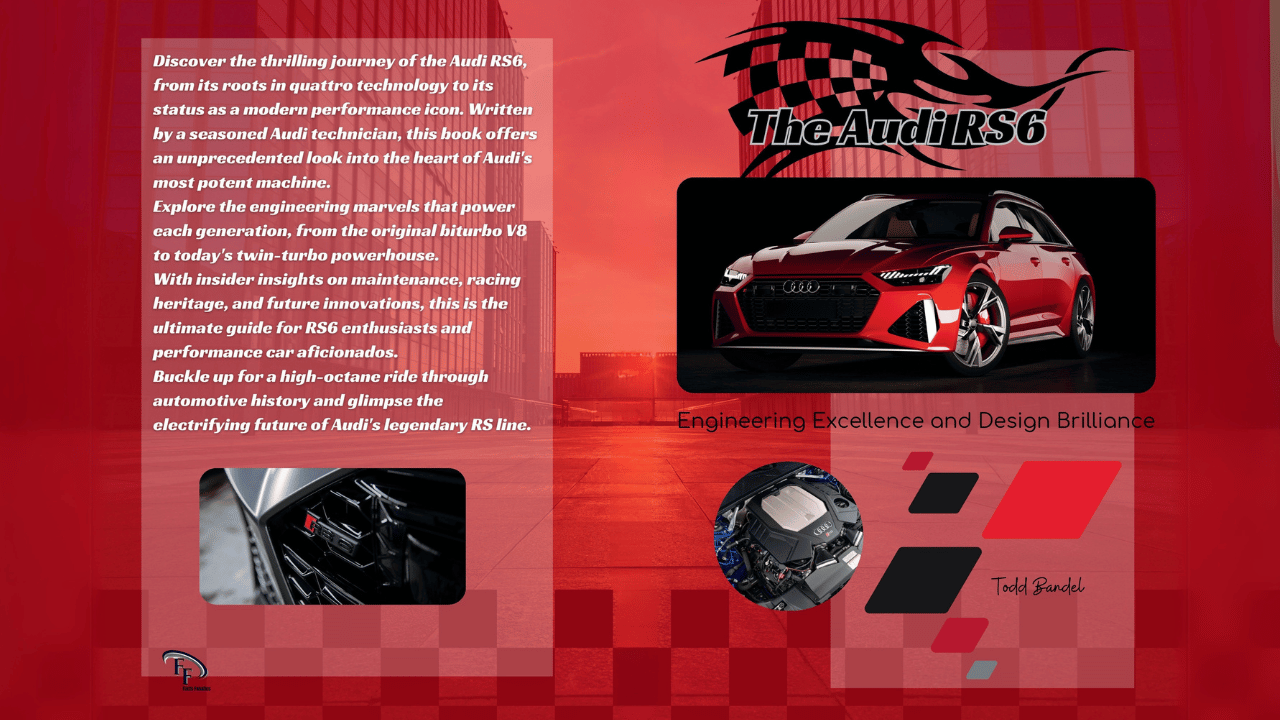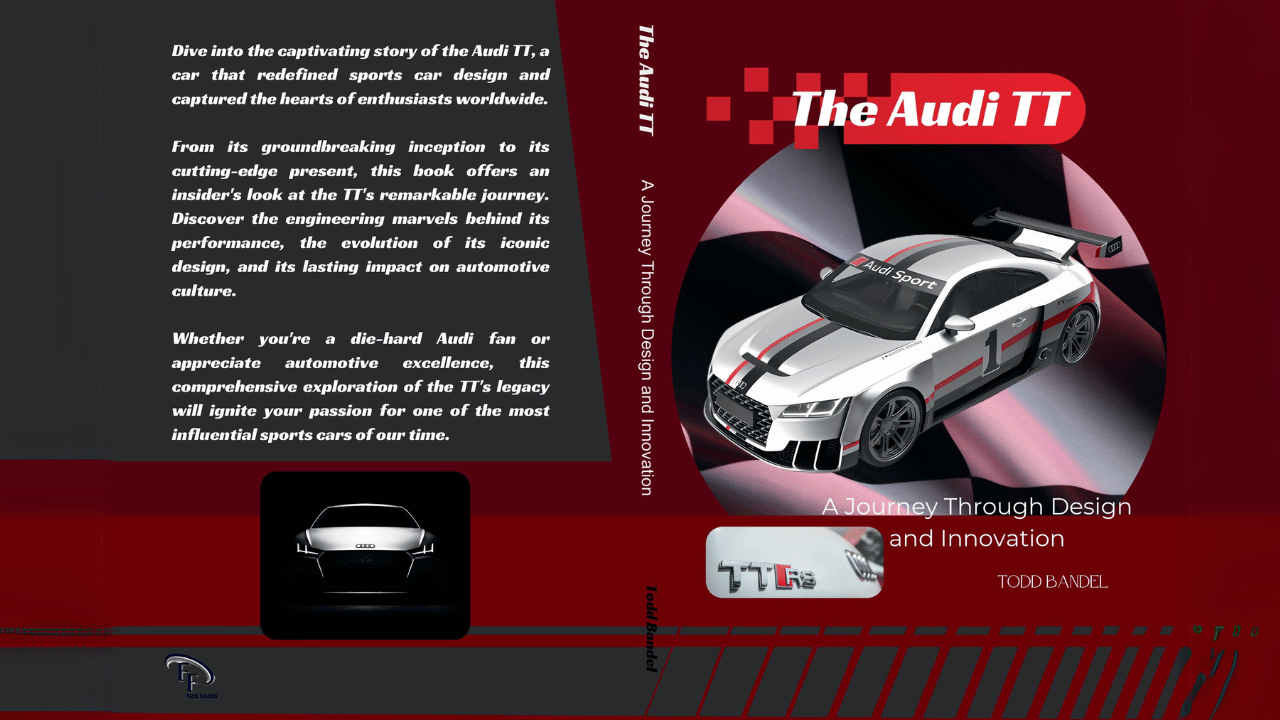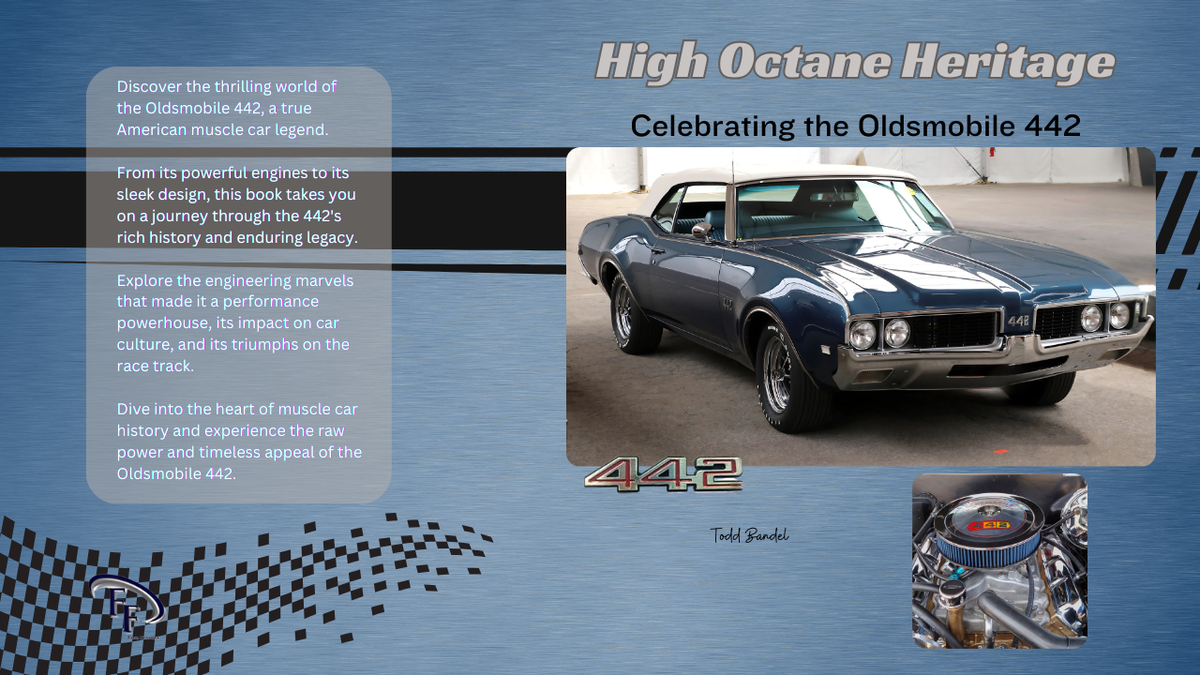McLaren F1: The Pinnacle of Performance
Explore the McLaren F1 legend. Learn about Gordon Murray’s design, the BMW V12 engine, and the innovation that redefined the supercar industry.
Welcome to Mechanicaddicts. As an Amazon Associate, we earn from qualifying purchases (at no cost to you) from links found within these pages if you choose to buy something.
If the McLaren F1 is the pinnacle of automotive performance, McLaren F1: The Pinnacle of Performance is the ultimate manual for understanding the apex of engineering brilliance. This one-of-a-kind supercar didn’t just rewrite the rulebook on high-performance vehicles—it tore it up and forged a new one, setting standards and smashing records along the way.
What makes the McLaren F1 so iconic? From its visionary design led by Gordon Murray to the unparalleled power of its BMW V12 engine, this masterpiece represents a relentless pursuit of innovation. For car enthusiasts, automotive engineers, and tech innovators alike, this story is more than just a tale of speed—it’s an exploration of human ingenuity and the drive to push boundaries.
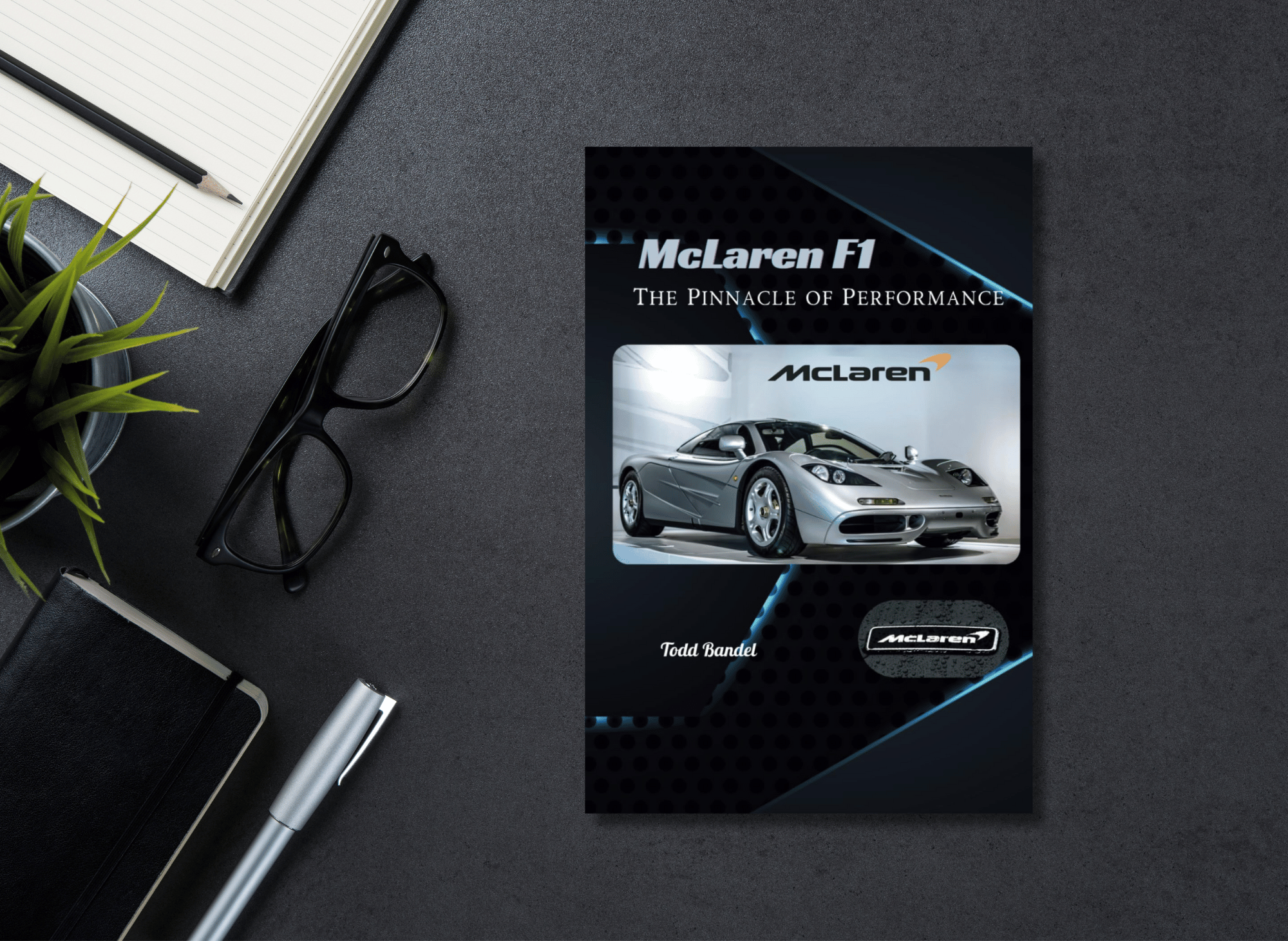
McLaren F1: The Pinnacle of Performance
Embark on a high-octane journey with McLaren F1: The Pinnacle of Performance
The Visionary Impact of Gordon Murray
When you think of the McLaren F1, one name stands out as its mastermind—Gordon Murray. An acclaimed Formula 1 car designer, Murray envisioned the McLaren F1 as a “purity and performance car.” His philosophy? Build the ultimate road car by prioritizing lightweight design and optimal aerodynamics.
Its groundbreaking three-seat layout sets the McLaren F1 apart, with the driver's seat positioned centrally for unmatched control. This design innovation offered a unique driving experience, marking an era where function and aesthetics intertwine.
Murray’s obsession with minimalism led to the F1 being crafted with materials more commonly seen in aerospace engineering, like carbon fiber. By equipping the F1 with the first carbon-fiber monocoque chassis in a production car, Murray—and the McLaren team—ensured lightness, durability, and exceptional strength.
For those interested in automotive design, Murray’s blueprint for success is a case study in ingenuity.
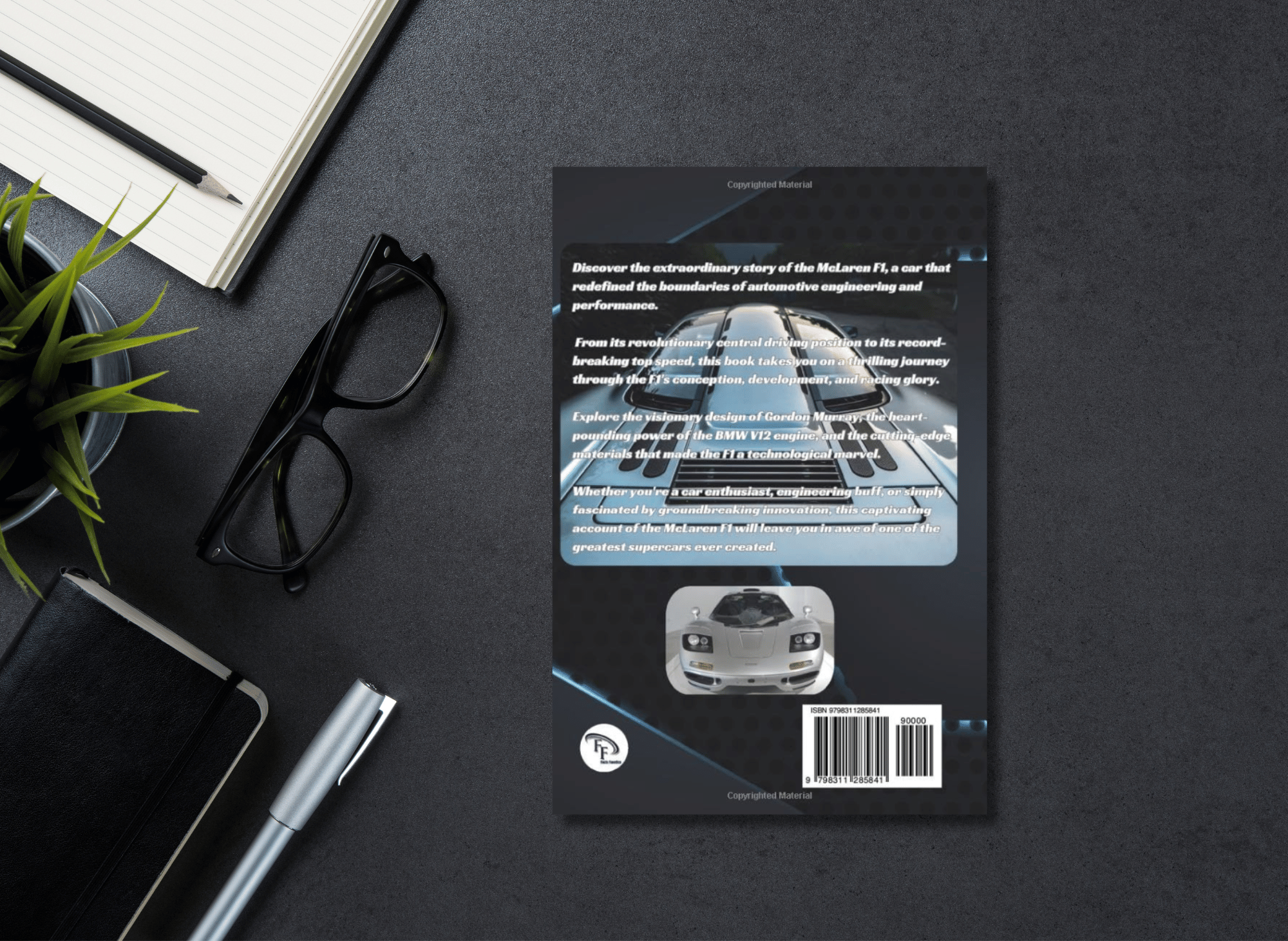
Design and Layout
The McLaren F1’s design and layout testify to its innovative and forward-thinking approach. The car’s central driving position, with the driver’s seat in the center and slightly forward of the two passenger seats, provides a unique and immersive driving experience.
This design allows the driver to be positioned closer to the road, with a more direct connection to the car’s dynamics. The car’s sleek and aerodynamic bodywork, featuring a drag coefficient 0.32, is designed to reduce wind resistance and maximize speed. The rear spoiler and wheel arches are carefully crafted to enhance downforce and stability, making the McLaren F1 one of the fastest production cars on the road.
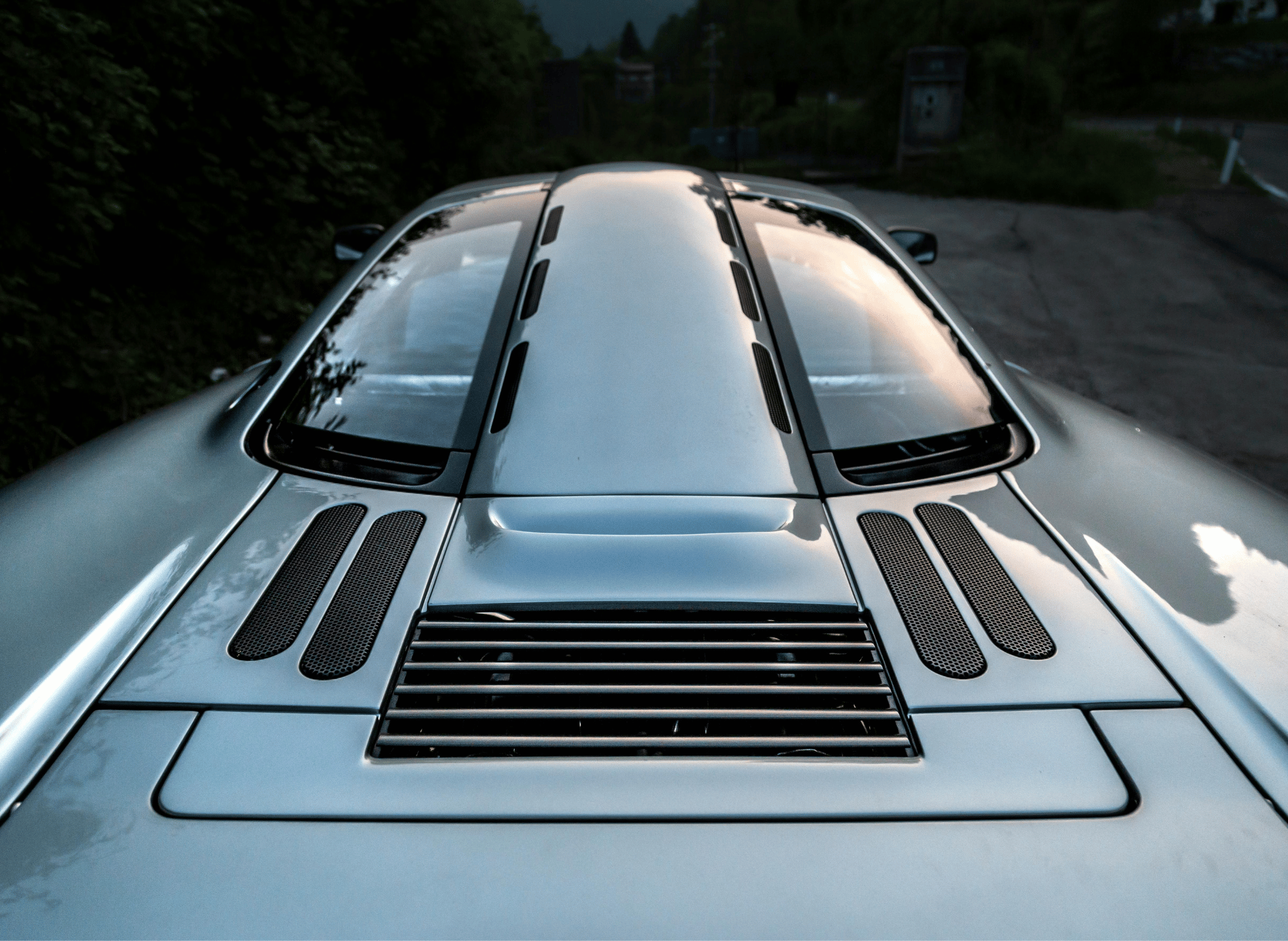
The Powerhouse BMW V12 Engine
At the heart of the McLaren F1 lies a beast—the naturally aspirated 6.1-liter BMW V12 engine, powered to produce a jaw-dropping 627 horsepower. This engine was custom-built to meet McLaren’s exacting standards. No turbochargers, no superchargers—just raw, unfiltered power at its peak.
The McLaren F1 wasn’t just fast—it was revolutionary. When it debuted in 1992, it became the fastest production car in the world, achieving a top speed of 240.1 mph (386.4 km/h). This record stood unchallenged for over a decade, cementing the F1’s status as a technological marvel.
For automotive engineers, the engine is a technical masterclass in balancing performance and reliability. Even under extreme conditions, the McLaren F1’s powertrain delivered consistent results—a testament to meticulous engineering.
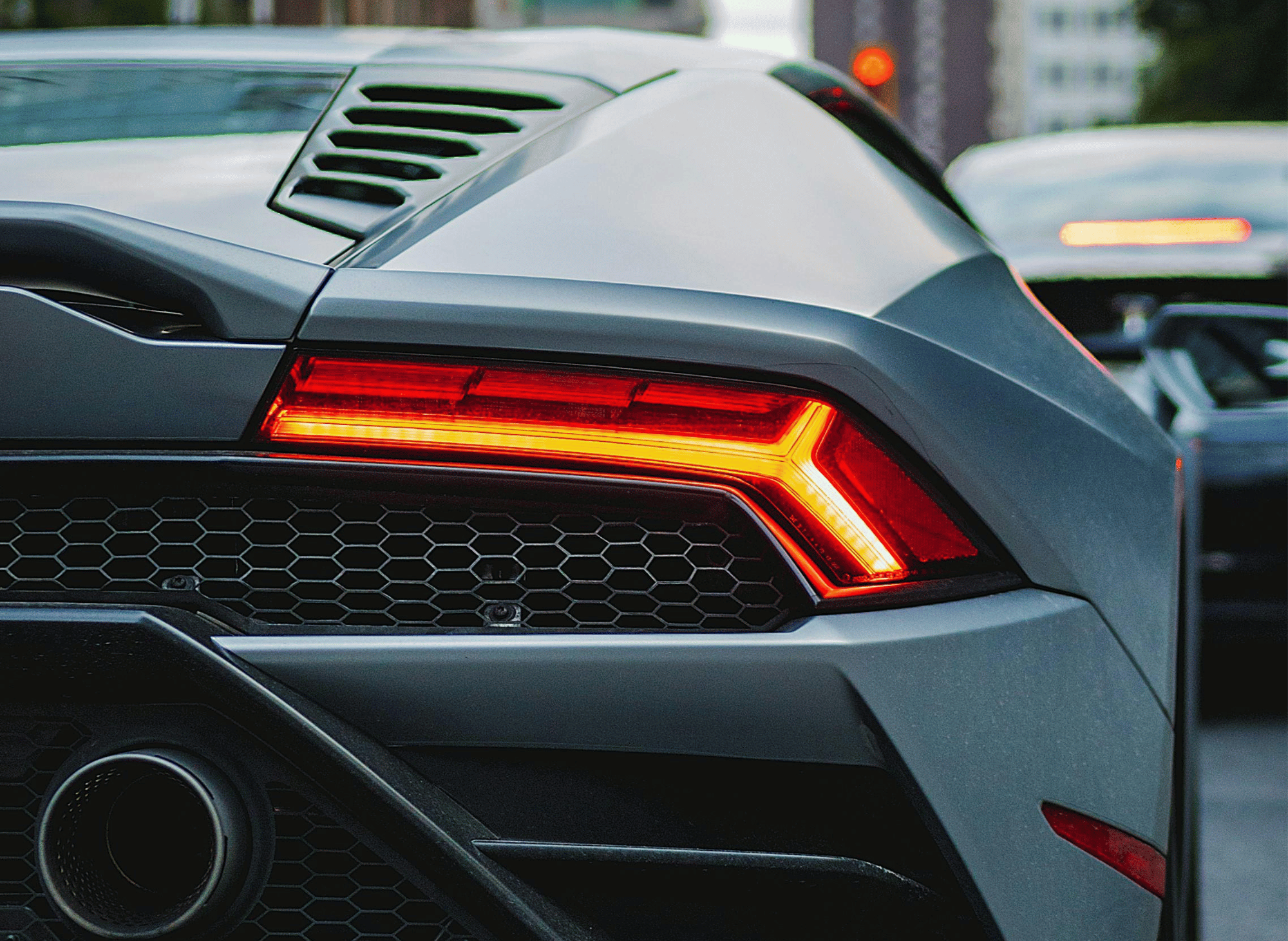
Driver’s Experience
The McLaren F1 is designed to provide an unparalleled driving experience, focusing on speed, power, and agility. The car’s lightweight chassis and powerful engine, producing 618 horsepower, make it a thrill to drive.
The central driving position and minimalist interior design create a sense of intimacy and connection with the road, allowing the drivers to immerse themselves in the driving experience fully.
The car’s taller gearing and rear-biased weight distribution make it feel planted and stable, even at high speeds. Whether on the track or on the road, the McLaren F1 is an exhilarating drive that pushes the boundaries of what is possible in a car.
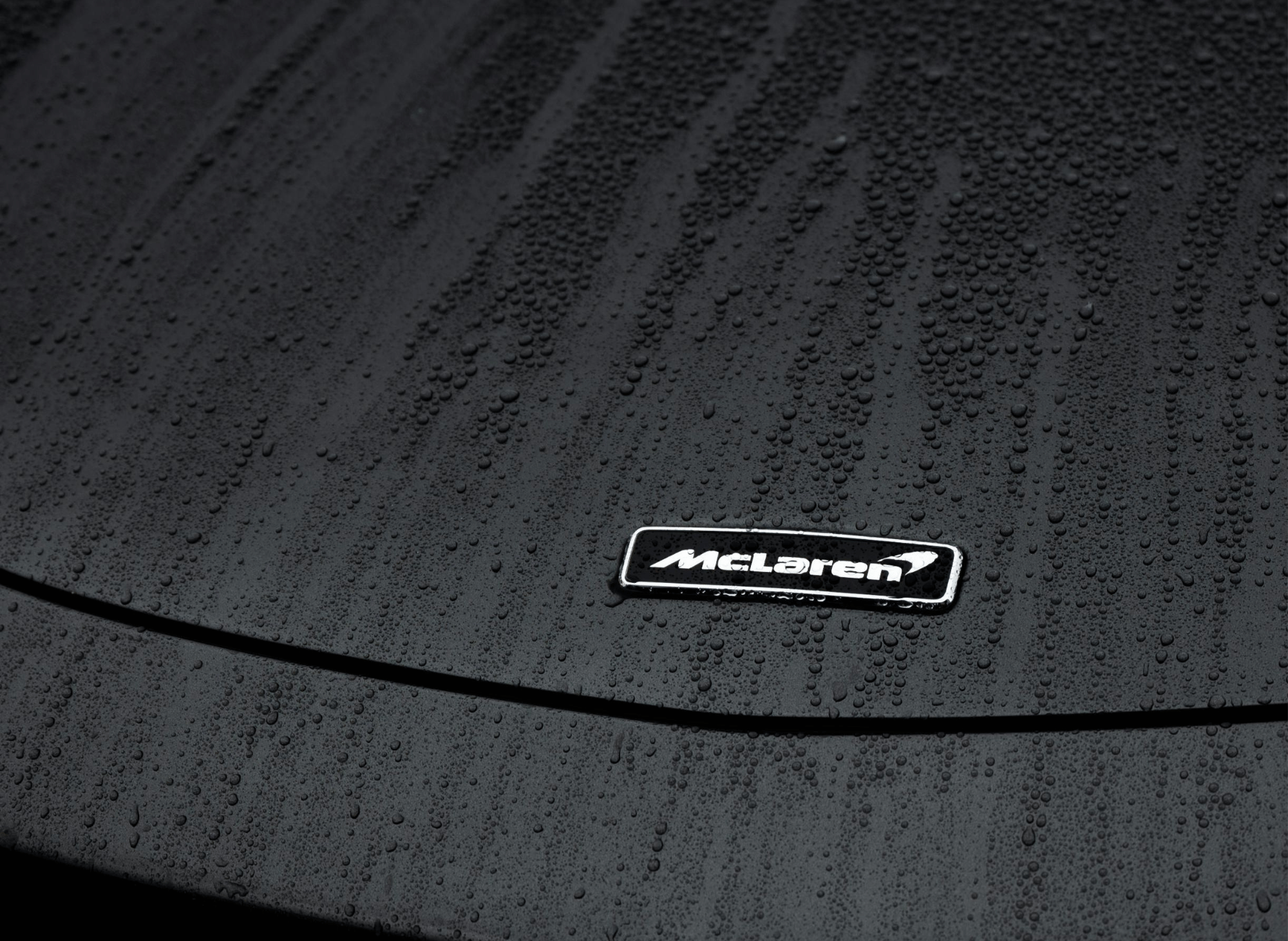
Materials That Defined Innovation
Groundbreaking performance requires groundbreaking materials, and the McLaren F1 didn’t cut corners. Carbon fiber, titanium, and Kevlar are just a few of the high-tech materials used to craft this engineering marvel.
The engine bay, famously lined with gold foil to reflect heat, epitomizes the McLaren F1's no-compromise ethos. The foil acted as a functional piece for engine cooling but became a symbol of the car’s prestige and luxury.
Lightweight and heat-resistant materials weren’t just a bragging point; they were integral to the car’s design. Every gram saved allowed the McLaren F1 to edge closer to perfection.
For tech innovators, adopting advanced materials could mean the difference between a good product and an unforgettable one.
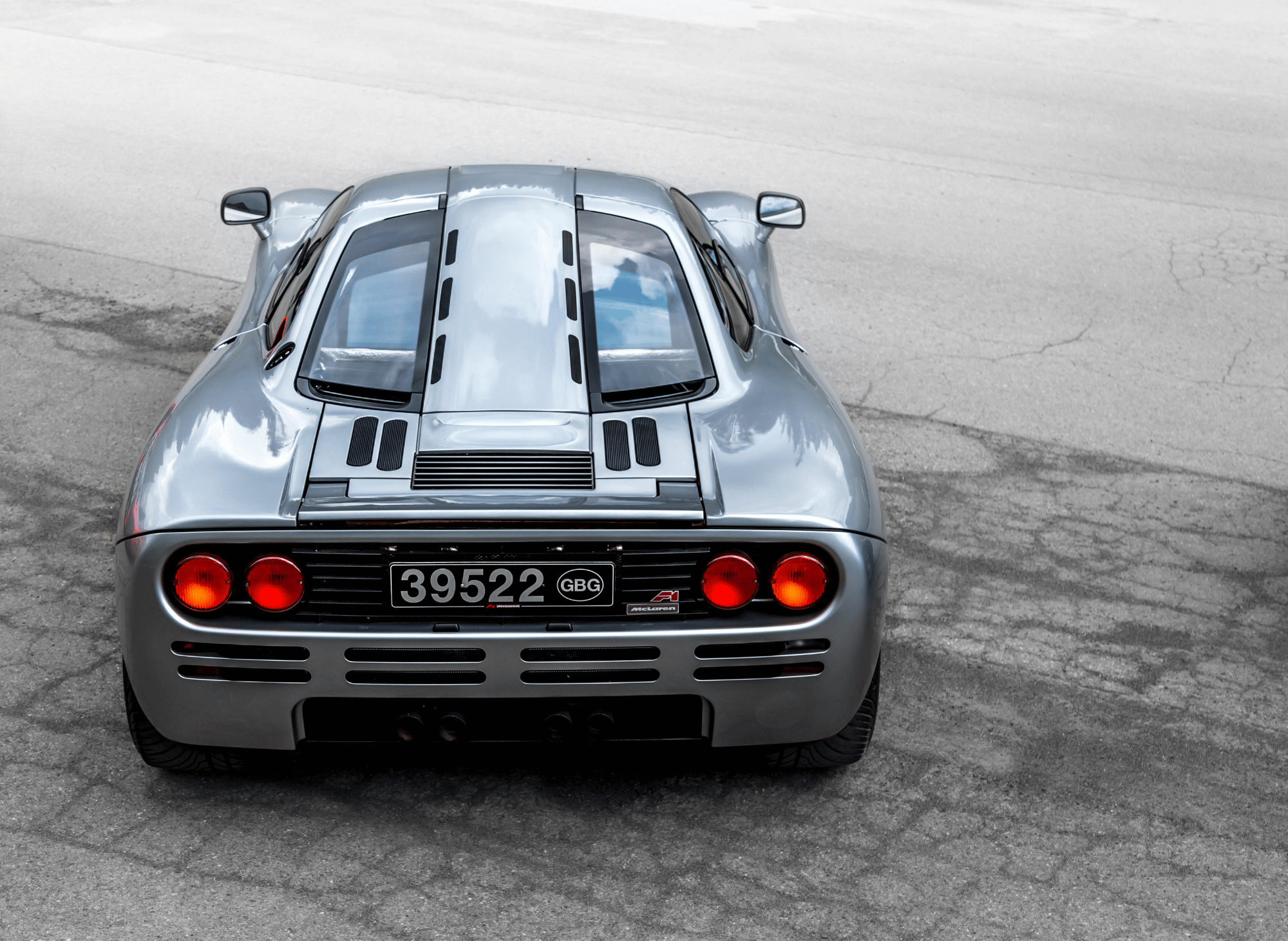
The Relentless Pursuit of Speed
Speed isn’t just about going fast—it’s about refining every detail. The McLaren F1 redefined speed with an approach focused on precision, balance, and control. From its exceptional handling to its innovative air intake system, this car was engineered to perform in harmony with its driver. The McLaren F1's unmatched quarter-mile performance outpaces any other supercar available at the time, establishing its dominant status in automotive history.
But speed wasn’t the only priority. Gordon Murray also prioritized usability, ensuring the McLaren F1 was as practical as it was powerful. How many supercars come equipped with luggage compartments and bespoke fitted luggage? Beneath its blistering performance, the F1 hid a surprising level of refinement.
For those captivated by groundbreaking innovation, the McLaren F1’s evolution offers endless inspiration.
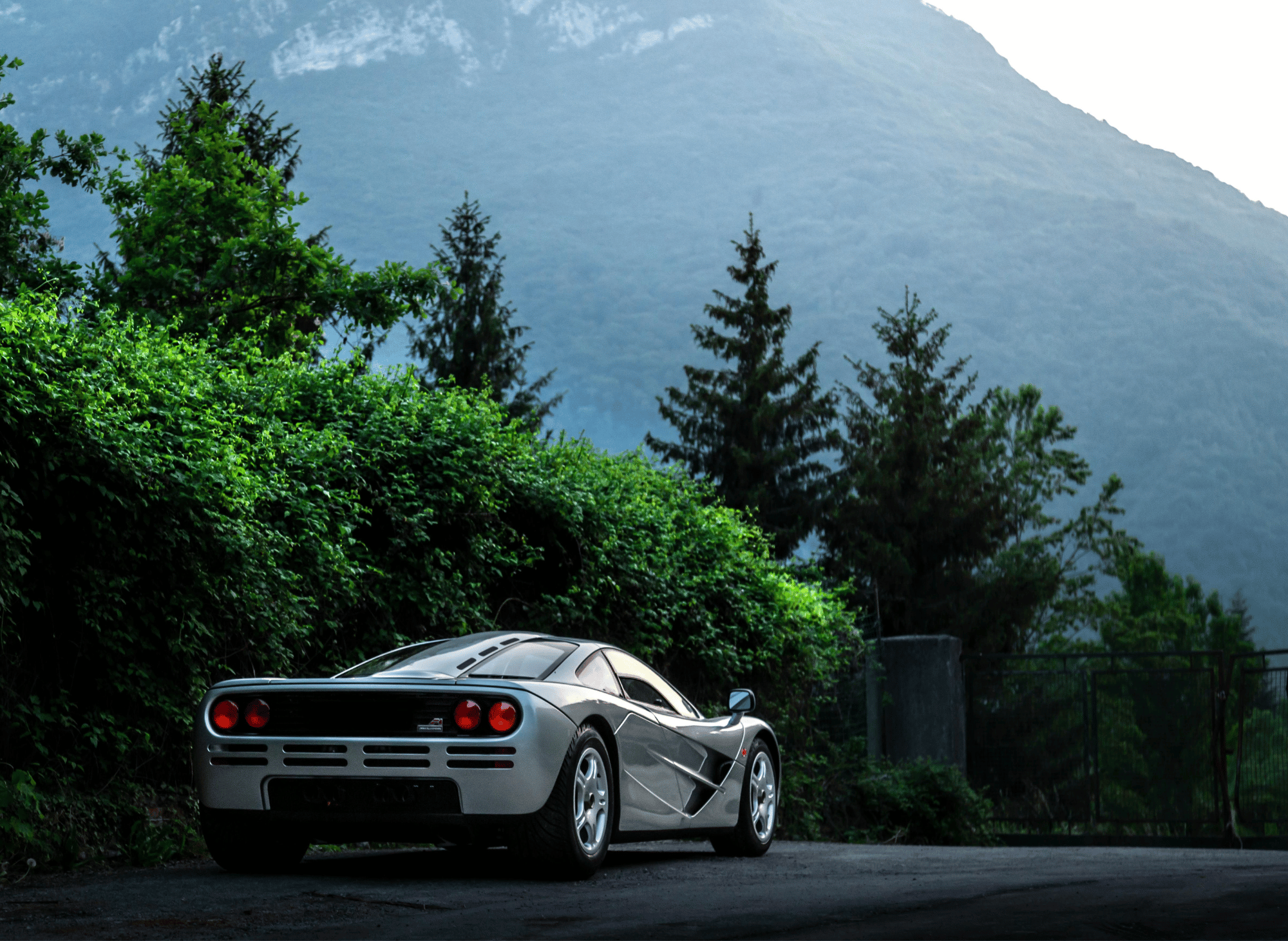
Why McLaren F1 Remains the Fastest Production Car Today
What makes the McLaren F1 endure as a symbol of automotive excellence? It’s more than just its record-breaking speed or multi-million-dollar valuation at auctions. The F1 represents a moment in time when engineering and creativity aligned perfectly to accomplish the extraordinary.
This car wasn’t built for market trends or sales figures. It was created as the ultimate expression of what happens when passion and expertise meet in perfect balance. To this day, the McLaren F1 is revered not just for what it achieved but for what it continues to inspire—a legacy of pushing the boundaries.
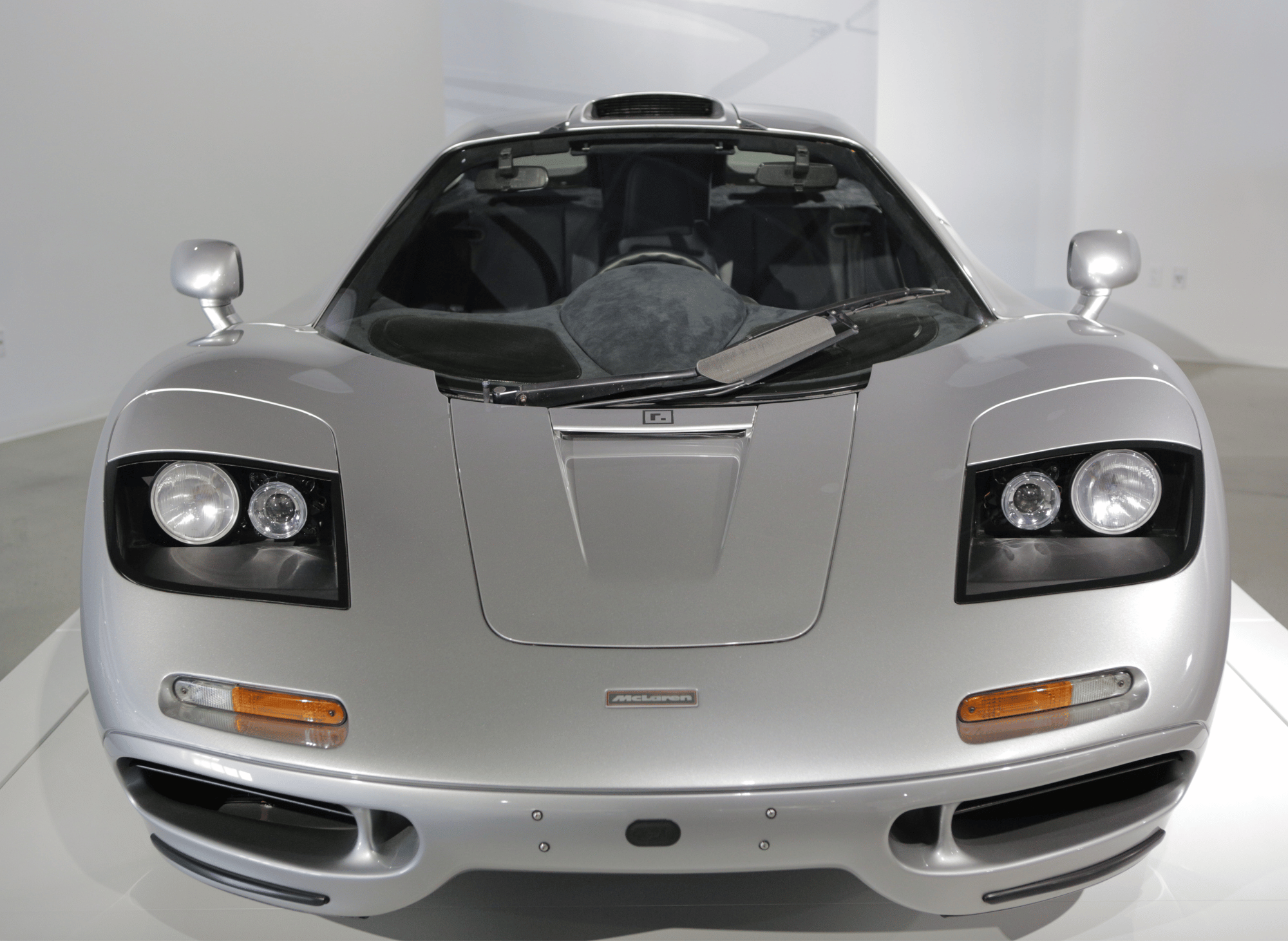
Exclusivity and Rarity
The McLaren F1 is a rare and exclusive car, with only 106 units produced between 1992 and 1998. Its limited production run and high price tag, $815,000, make it a true collector’s item. The car’s exclusivity is further enhanced by its unique design and innovative features, such as the central driving position and rear spoiler.
The McLaren F1 is a true supercar with a reputation for being one of the fastest and most desirable cars in the world. Its rarity and exclusivity have made it a highly sought-after car among collectors and enthusiasts, with prices continuing to rise over time.
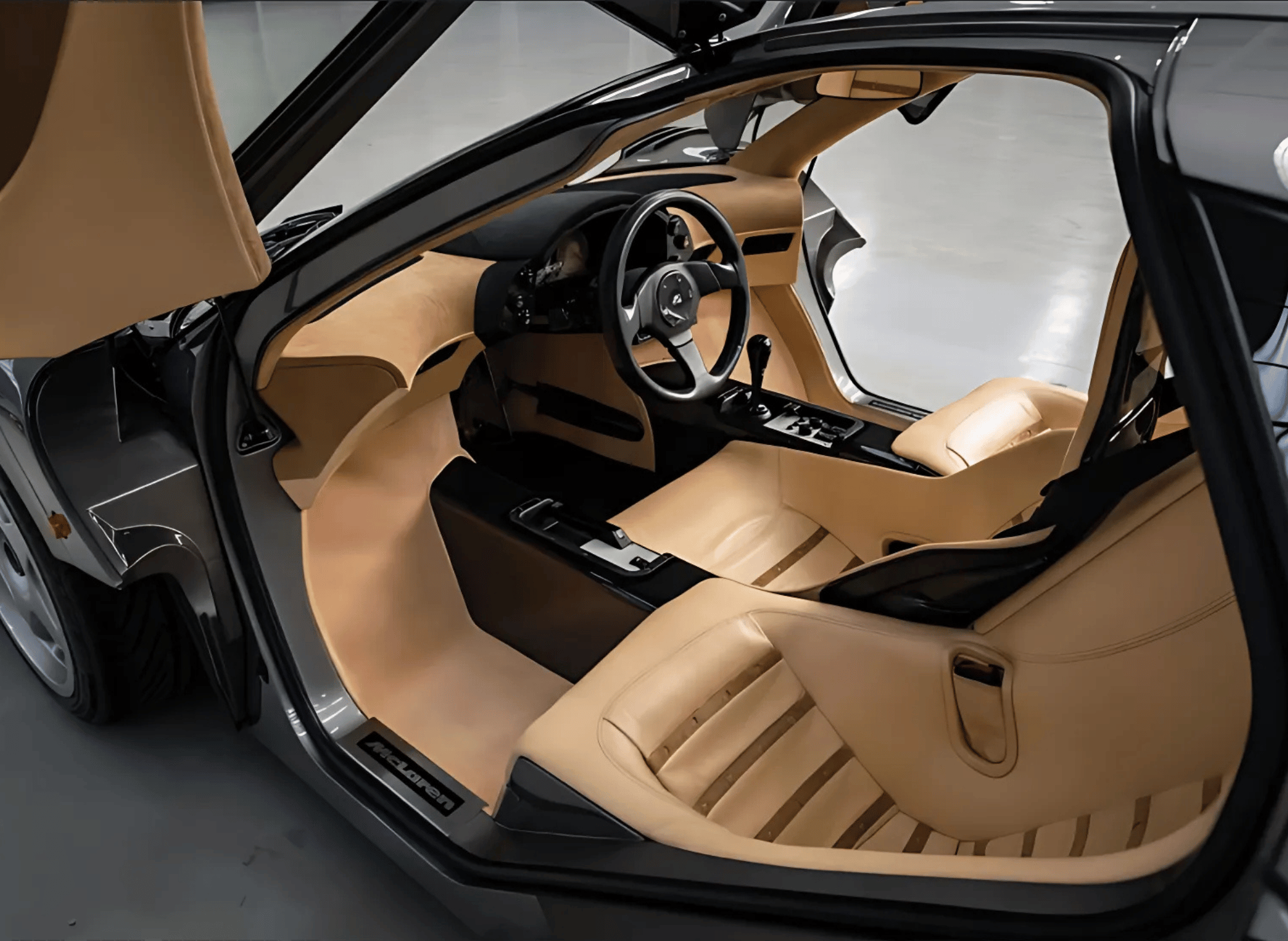
A Roadmap for Innovators
For aspiring engineers, car enthusiasts, and anyone with a drive to innovate, McLaren F1: The Pinnacle of Performance by Todd Bandel offers far more than a technical play-by-play. It distills lessons of vision, precision, and collaboration into a compelling narrative.
Every chapter of the book not only chronicles the evolution of the F1 but also provides insights into what it takes to achieve groundbreaking success. Whether you're an automotive professional or someone with a passion for disruptive innovation, the McLaren F1 story reminds us that boundaries are meant to be pushed.
The McLaren F1 is often celebrated as one of the fastest cars in automotive history, a true icon of engineering and speed. Featured in countless Top Gear episodes, it has left an indelible mark on car enthusiasts worldwide. Its innovative design, including the lightweight construction and the uniquely shaped A-pillar, contributes to its aerodynamic efficiency and remarkable performance. The McLaren F1 remains a symbol of perfection in high-performance vehicles.
Drive Into the Future
Where would we be without audacious ambition and the courage to risk it all? The McLaren F1 proves that when we dare to dream big, the results can redefine industries and inspire generations.
Want to explore this saga of speed, design, and human perseverance? Get your copy of McLaren F1: The Pinnacle of Performance and see why this supercar remains unmatched in innovation and legacy.
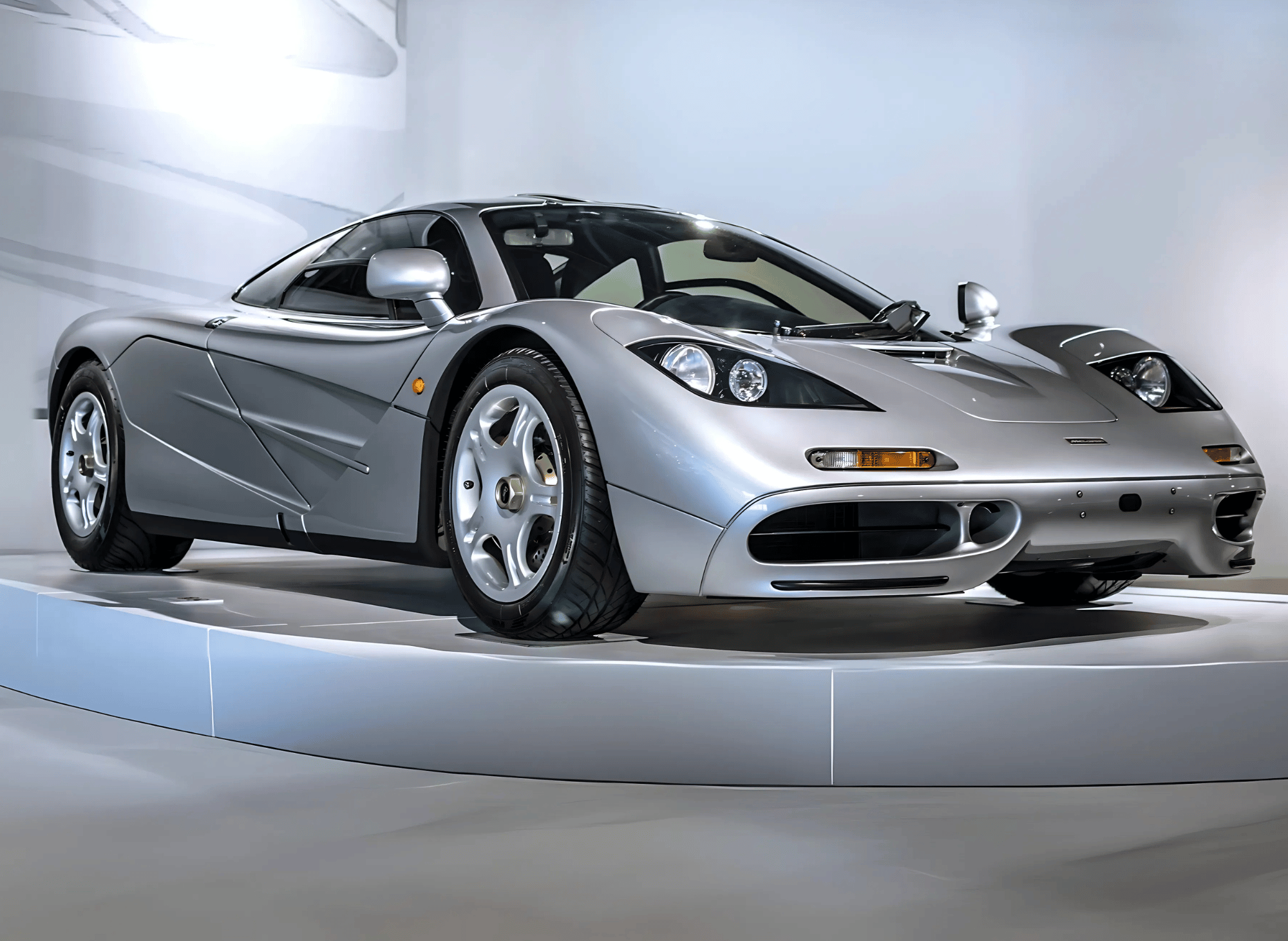
McLaren F1 FAQs:
1. What makes the McLaren F1 such a sought-after and legendary car?
The McLaren F1 is considered one of the greatest supercars ever made, and for good reason. It was designed by a team of experts in Formula One racing, with cutting-edge technology and materials that pushed the boundaries of what was possible in a road car. With its iconic three-seat configuration, groundbreaking aerodynamics, and unmatched performance, the McLaren F1 set a new standard for supercars that has yet to be matched.
2. How fast can the McLaren F1 go?
The McLaren F1 has a top speed of 240 miles per hour (386 km/h), making it one of the fastest production cars ever made. It held the title of world's fastest production car for over a decade and still remains one of the fastest in terms of top speed. Its impressive acceleration also allows it to reach 60 miles per hour (97 km/h) in just 3.2 seconds.
3. How many McLaren F1s were produced?
A total of 106 McLaren F1 cars were produced between 1992 and 1998, including road cars, racing versions, and prototypes. Out of these, only 64 were road-legal and available for purchase by the public, making it an extremely rare and coveted vehicle among car collectors.
4. What makes the McLaren F1's engine so unique?
The engine of the McLaren F1 is a 6.1-liter V12 created by BMW Motorsport, with a power output of 627 horsepower. It was designed to be lightweight and highly efficient, using materials such as titanium and magnesium to reduce weight without compromising on performance. Its unique design also allows for better cooling and aerodynamics.
5. How much does a McLaren F1 cost?
As one of the most exclusive and iconic supercars ever made, the McLaren F1 comes with a hefty price tag. When it was first released in 1992, it had a starting price of $815,000 USD.
However, due to its rarity and high demand among collectors, a McLaren F1 can now fetch up to $20 million USD at auction. Despite the steep price, many consider it a sound investment given its historical significance and unmatched performance capabilities.
Final Thoughts About McLaren F1
With its groundbreaking design and unparalleled performance, the McLaren F1 has become a timeless icon in the world of supercars. It continues to capture the imagination of car enthusiasts and collectors alike, with its limited production making it even more exclusive and desirable.
But what truly sets the McLaren F1 apart from other supercars is its unique three-seat configuration, with the driver's seat placed in the center for optimal performance and handling. This design gives the car a distinct look and enhances the overall driving experience by providing better visibility and balance.
In addition to its innovative design, the McLaren F1 also features cutting-edge technology that was ahead of its time. The use of lightweight materials such as carbon fiber and titanium resulted in a remarkably light weight for a supercar at just over 2,500 pounds. Its powerful BMW V12 engine, capable of producing over 600 horsepower, allowed the car to reach top speeds of over 240 miles per hour.
The McLaren F1's success and legacy have inspired later models, such as the McLaren P1 and Senna, which continue to push the boundaries of automotive technology. But despite these advancements, the F1 remains a symbol of true engineering excellence and serves as a constant reminder that sometimes, simplicity is key in creating something extraordinary.
As time goes by, the value and demand for the McLaren F1 only continue to increase. It is not just a car, but a piece of art that represents the pinnacle of automotive engineering and design. Its timeless appeal and limited production make it a highly coveted item among collectors, with some models selling for over $20 million at auctions.
But beyond its monetary value, the McLaren F1 holds a special place in the hearts of car enthusiasts and collectors around the world. Its revolutionary design, impressive performance, and rich racing history make it an irreplaceable piece of automotive history that will continue to be admired for generations to come.
The legacy of the McLaren F1 will always live on as a testament to human ingenuity and passion for pushing boundaries. So whether you are lucky enough to own one or simply admire it from afar, the McLaren F1 will always remain a timeless icon in the world of supercars.
Thank you for reading!
Your friend,
Todd
#mclarenf1 #supersportscar #automotivelegend #f1engineering #performancecar #britishengineering #luxurycars #iconicdesign #speedmachine #carenthusiast
🏎️🚀🔥💨🌟🏆🔧🚗🇬🇧💎
